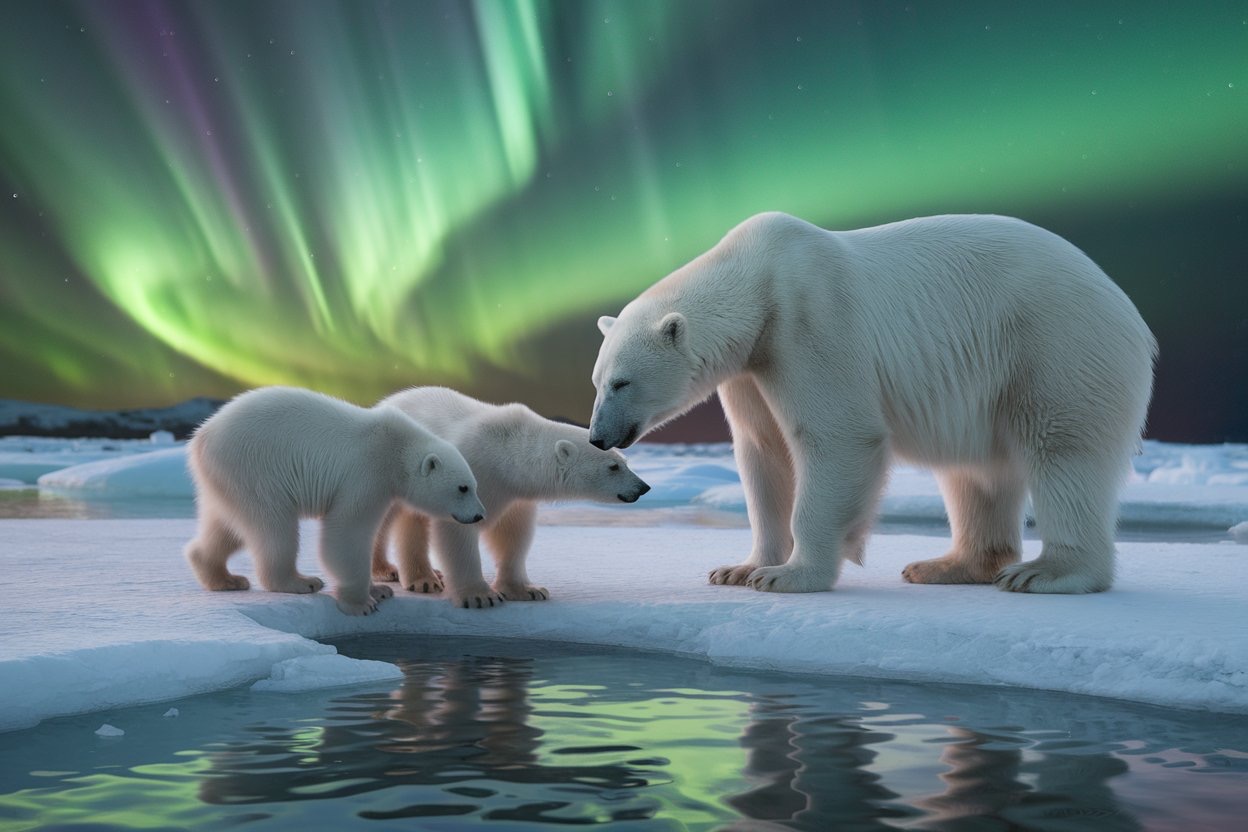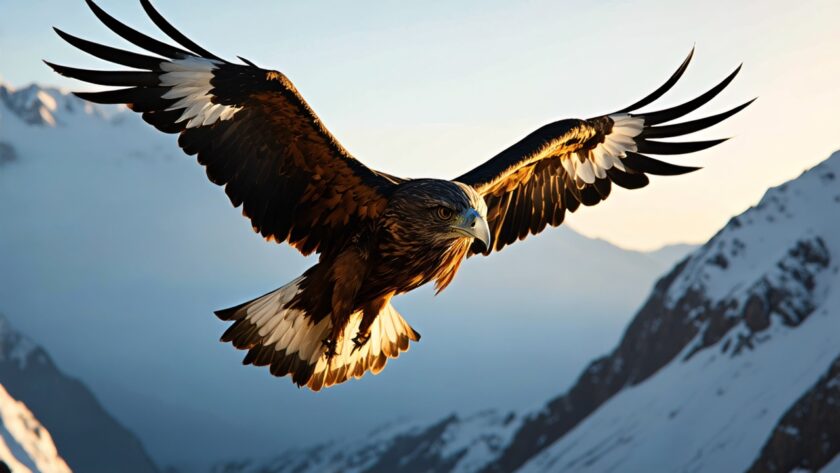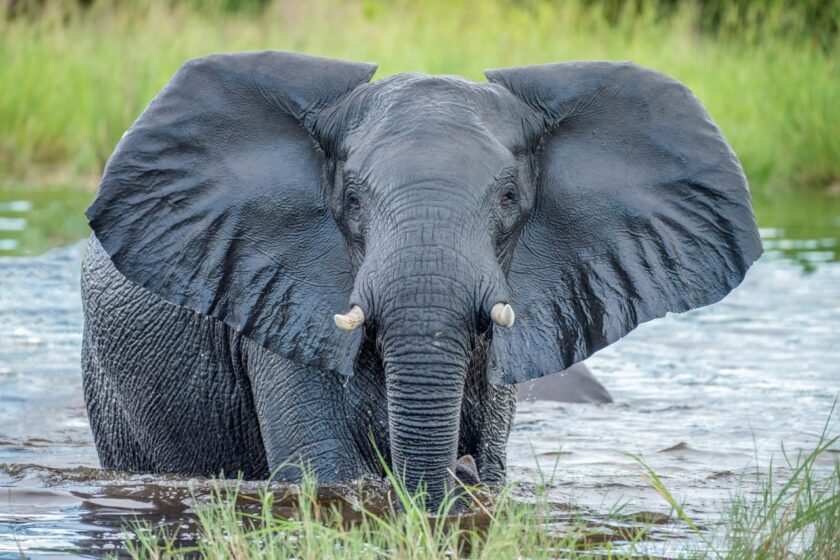Behaviour often takes unexpected turns in the animal kingdom, showcasing nature’s inherent creativity. You might be amazed to discover that animals have unique ways of communicating, foraging, and even parenting that can leave you questioning the norms of your own world. From the delightful antics of playful dolphins to the intriguing mating rituals of certain birds, each peculiar behaviour unfolds a deeper understanding of wildlife. Join us on this fascinating journey as we explore the most bizarre and captivating animal behaviours that make the natural world so enchanting.
Strange Courtship Rituals
Animals often engage in bizarre courtship rituals that can leave you both amused and astonished. From flamboyant displays to elaborate dances, these unique behaviours illustrate the lengths to which creatures will go to attract a mate. You might be surprised to learn that nature’s love stories are anything but ordinary!
Dance of the Birds
Before you dismiss birds as mere chirpers, take a moment to observe their fascinating courtship dances. Many species, such as the superb lyrebird, perform intricate routines that involve stunning movements and lavish plumage. Watching these displays can be a delightful reminder of the creativity found in nature, as each step and flutter showcases the bird’s vitality and allure.
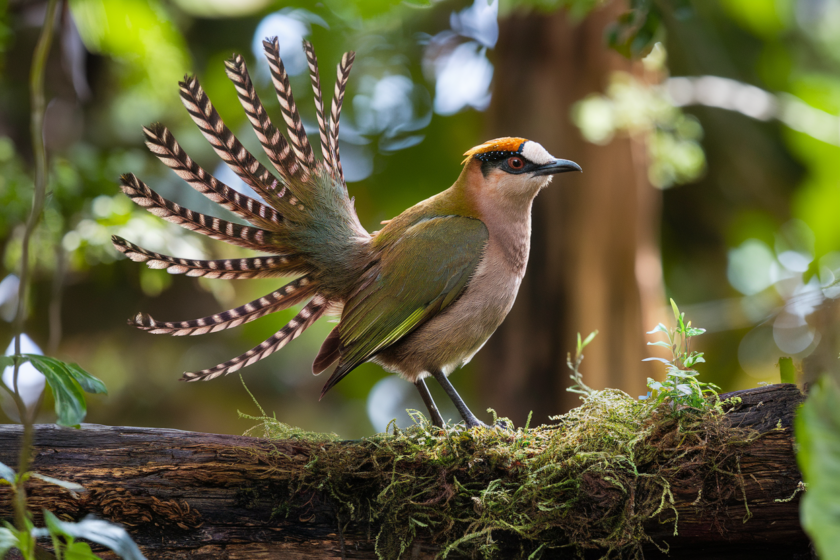
Clever Creatures in Love
Between the hustle and bustle of everyday life, you may not realise just how cunning some animals can be in their pursuit of love. Certain species, like male bowerbirds, construct elaborate structures—known as bowers—adorned with brightly coloured objects to impress potential mates. This intricate display not only shows off their creative flair but also highlights their intelligence when it comes to attracting a partner.
A male bowerbird meticulously chooses each item to create a striking visual appeal, from glittering bottle caps to vibrant berries. This impressive artistic endeavour demonstrates not only their resourcefulness but also their understanding of aesthetics. By showcasing such cleverness, they elevate their chances of wooing a mate, proving that love in the animal kingdom often requires more than just a simple song or chirp.
Unusual Feeding Habits
Some of the most fascinating animal behaviours can be found in their unique feeding habits. From critters that dine on others’ leftovers to those with surprisingly diverse diets, the animal kingdom is full of surprises. Whether you’re a wildlife enthusiast or simply curious about nature, exploring these unusual feeding habits will surely pique your interest.
The Art of Food Theft
At times, animals showcase remarkable cunning when it comes to securing their dinner. For instance, ravens are notorious for stealing food from other birds, employing strategies that reveal their intelligence. Watching these clever creatures in action can be both entertaining and enlightening, giving you a peek into the world of animal behaviour.
Surprising Diets
Surprising as it may seem, many animals have diets that are significantly different from what you might expect. Some creatures, like giant pandas, primarily consume bamboo, while others like the carnivorous hippo, munch on vegetation despite their fierce reputation. This unexpected range of dietary preferences showcases nature’s unpredictability.
Unusual food choices can also lead to some extraordinary behaviours. Consider the sea otter, which uses rocks to crack open shellfish—this tool use is a rare sight in the animal kingdom. Or take the frugivorous fruit bat, whose reliance on fruits helps maintain forest ecosystems through seed dispersal. These surprises not only highlight the fascinating adaptability of wildlife but also remind you of the diverse roles animals play in their habitats.
Odd Parenting Styles
There’s a fascinating world of parenting in the wild, where animals exhibit the most unusual behaviours to ensure their young survive. You might be surprised to learn that some species, like the seahorse, take on a role reversal, with males carrying the young in a protective pouch. Meanwhile, certain bird species, such as the ostrich, will mate in teams to care for their collective brood, displaying a unique take on familial duties. Nature has truly devised some extraordinary approaches to raising offspring!
Teamwork in the Wild
On the surface, you might think that parenting is a solitary pursuit, but in the animal kingdom, collaboration reigns supreme. Many species, like wolves, rely on a pack mentality to raise their young, with each member contributing food, protection, and teaching important survival skills. It’s a truly inspiring example of community efforts, where teamwork ensures that the next generation is healthy and well-prepared for life in the wild.
Unconventional Nurturing
On the other hand, some animals take unconventional nurturing to the next level, showcasing behaviours that might baffle the uninitiated. For instance, some species of frogs hatch their eggs in unique environments, such as the back of their parent’s bodies or even within their mouths! This remarkable approach provides safety from predators while ensuring the offspring are nurtured in a secure setting. It’s not just unique, but also ingenious!
Hence, your understanding of nurturing in the wild expands as you discover methods that may initially seem bizarre. The male seahorse, for example, not only carries the developing babies, but also provides crucial nutrients during the gestation period, a rarity in the animal kingdom. In addition to frogs using their mouths for protection, the care of the egg cases by male Darwin’s frogs, who then ‘spit’ out the tadpoles, shows just how diverse and inventive nature can be when it comes to parenting. These adaptations ensure that the next generation has the best possible chance at survival.
Unique Communication Methods
Your journey into the animal kingdom reveals some truly fascinating means of communication used by various species. From intricate dances to distinctive sounds, animals have evolved unique methods to convey information, express emotions, and attract mates. Understanding these communication techniques offers a deeper insight into their behaviours and social structures, enhancing your appreciation of the natural world.
Signals and Sounds
Against a backdrop of rustling leaves and distant roars, many animals rely on auditory signals for survival. Whales, for instance, can communicate over vast distances, their haunting songs echoing through the ocean depths. Birds chirp and call to establish territory or attract mates, while meerkats employ a complex array of alarm calls to warn their group of predators. Each sound serves as a vital part of their daily existence.
Colorful Displays
Displays of colour among animals are not merely for aesthetics; they play a significant role in communication. Bright feathers, vivid patterns, and striking colour changes serve as signals to potential mates and rivals alike. For example, male peafowl fan their iridescent tails, showing off their plumage to attract females. Meanwhile, chameleons can shift their colours to indicate mood, camouflage themselves or communicate with fellow chameleons.
This ability to adapt visually is not only a stunning spectacle but also a fascinating strategy for engaging with the environment. The vibrant displays of creatures like poison dart frogs showcase their toxicity, warning predators to stay away. In contrast, many insects utilise colour changes for camouflage, allowing them to blend seamlessly into their surroundings, thus avoiding detection. These colourful strategies demonstrate the complex interplay of survival, attraction, and communication in the wild. Embracing these elements enriches your understanding of wildlife dynamics.
Quirky Survival Tactics
For many animals, survival hinges on their ability to adapt and develop unique behaviours. From bizarre mating rituals to ingenious methods of food gathering, the wild is full of intriguing survival strategies that can leave you both amused and astounded. These quirky tactics not only showcase the creativity of nature but also highlight the lengths to which animals will go to ensure their survival in their often unforgiving environments.
Tricks and Traps
Any wildlife enthusiast will be fascinated by the cunning tricks some animals employ to catch prey or evade predators. The anglerfish, for instance, lures unsuspecting fish with its bioluminescent lure, while the octopus uses its intelligence to create ambush situations. These clever strategies reveal that when it comes to survival, creativity is as important as strength.
Camouflage Kings
An animal’s ability to blend seamlessly into its environment can make all the difference in the wild. Creatures like the stick insect or the chameleon master this art, using colours and textures to evade predators and catch prey. Their skilful disguises often leave you questioning where one organism ends and the other begins.
Tactics like adaptive colour change allow these camouflage kings to suit their surroundings, making them nearly invisible. For instance, chameleons can alter their skin colour to match not just their environment but also their mood, helping them communicate and ward off threats. The leaf-tailed gecko, with its incredible ability to mimic dead leaves, demonstrates how crucial concealment can be for survival. By observing these masters of disguise, you gain a deeper appreciation for the creativity and resourcefulness of nature.
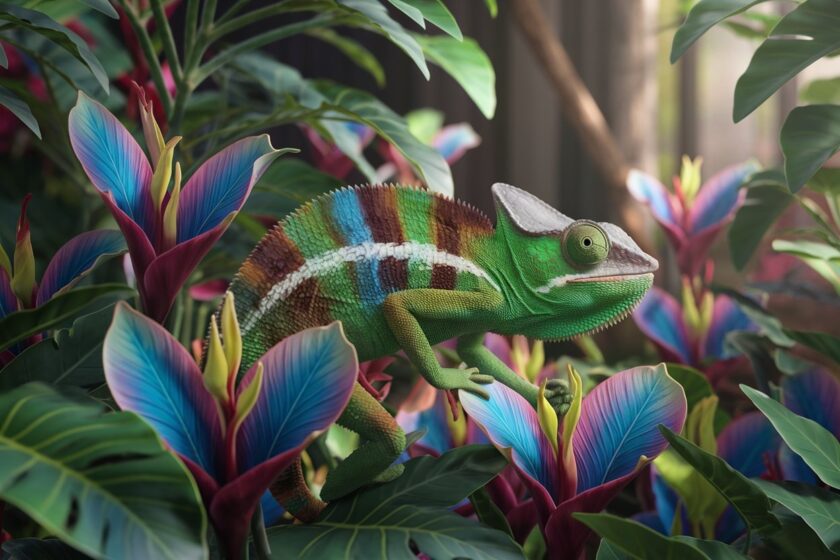
Bizarre Migrations
Now, as you probe into the world of animal behaviour, you’ll uncover the astonishing migrations many species undertake. These journeys, often driven by changes in climate or to find food, reveal a fascinating side of nature that you may not have considered. From the great wildebeest migration in Africa to the epic journeys of Arctic terns navigating thousands of miles, these behaviours showcase the remarkable instincts animals possess to survive in the wild.
Epic Journeys
One of the most astonishing spectacles you can witness is the epic journeys undertaken by creatures like the monarch butterfly. This tiny insect makes an extraordinary migration of up to 3,000 miles from its breeding grounds in North America to its winter habitat in central Mexico. It’s a testament to nature’s wonder and serves as a reminder of the lengths some animals go to secure their survival.
Mysterious Routes
Behind the surface of these migrations lie mysterious routes that animals follow, often guided by instinct more than anything. Birds like the Arctic tern seem to have an innate ability to navigate vast distances with precision, finding their way across oceans and continents. How they manage this, using factors such as Earth’s magnetic field and the position of the sun, continues to baffle scientists.
Indeed, the complexities of these mysterious routes are a marvel of nature. Many migratory birds travel without any visible landmarks, relying on celestial navigation and even the Earth’s magnetic field to guide them. Research suggests that they may even memorise the scent of their migration paths or tune into subtle changes in the environment. Understanding these behaviours not only inspires awe but also emphasises the intricate connections within our ecosystems. Next time you see a bird soaring high above, think of the incredible journey it may be undertaking!
Conclusion
To wrap up, exploring the weirdest animal behaviours in the wild offers you a delightful glimpse into the quirks of nature that spark your curiosity. From the intricate dances of birds to the unexpected tactics of predators, these fascinating adaptations reveal just how creative wildlife can be. Embracing these unique traits not only deepens your appreciation for the natural world but also encourages you to marvel at the endless surprises that await you in your next adventure outdoors.
FAQ
Q: What are some unusual mating rituals in the animal kingdom?
A: Many animals exhibit peculiar mating rituals that can be quite fascinating. For instance, the male bowerbird constructs elaborate structures called bowers, decorated with bright objects such as shells and pieces of plastic, to attract females. The more impressive the bower, the more likely a female will choose the male. Another curious example is found in certain species of frogs, where males will engage in a practice called ‘amplexus’, where they cling to the females, sometimes for days on end, until they are ready to reproduce. These rituals not only showcase the diversity of animal behaviour but also highlight the lengths to which species will go to ensure successful reproduction.
Q: Why do some animals engage in seemingly self-destructive behaviours?
A: In the wild, several species exhibit behaviours that may appear self-destructive, yet they often serve a vital evolutionary purpose. A striking example is seen in certain species of birds, like the red-collared widowbird, where males risk their lives by displaying vividly coloured plumage to attract mates, even at the expense of being more visible to predators. Additionally, some species of ants engage in ‘self-sacrificing’ behaviours, where workers will defend the colony at the cost of their own lives, ensuring the survival of the queen and the future of the colony. While these behaviours may seem odd, they are integral to the survival and continuation of the species.
Q: What is the significance of play behaviour in animals?
A: Play behaviour in animals, though often underestimated, has important implications for their development and social interactions. Young mammals, like puppies and kittens, engage in play fighting to practice hunting skills and learn social hierarchies within their groups. Interestingly, play isn’t limited to just domestic animals; many wild species also display this behaviour. For example, young elephants will splash water and wrestle with one another, strengthening social bonds and enhancing their physical abilities. Play serves as a vital avenue for learning and adapting to their environments, promoting physical health and social cohesion within animal communities.

